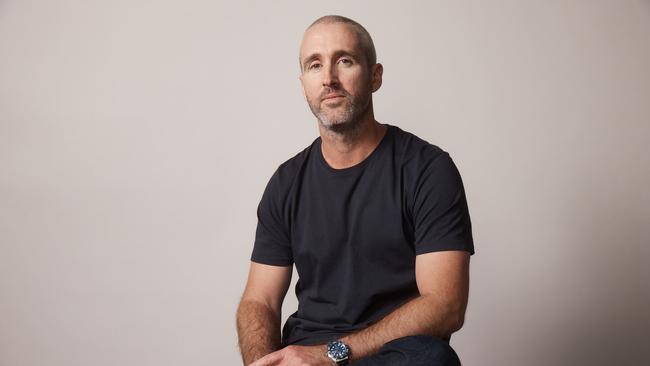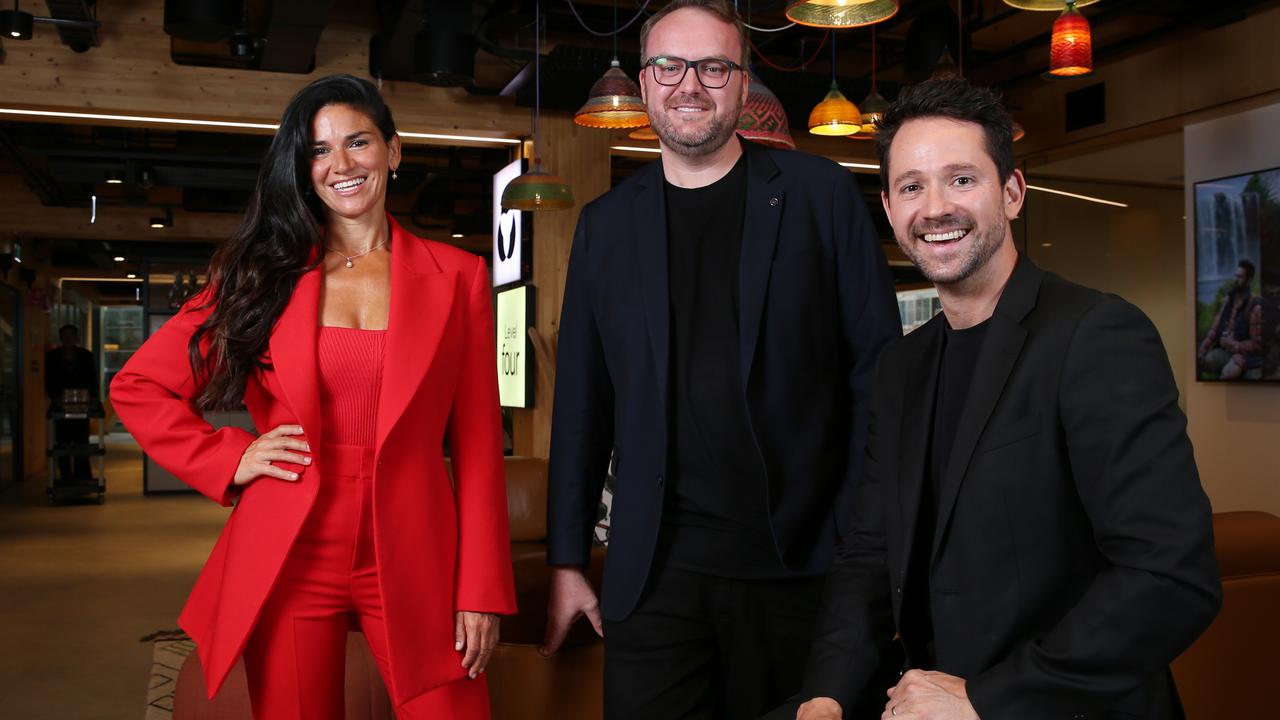Industry needs to provide more value for creativity
One of the greatest challenges facing businesses is proving the value of creativity and then calculating how to pay for it, writes R/GA’s Seamus Higgins.

Not many people know that van Gogh painted The Starry Night in a weekend. That’s two days of his time. And today it’s worth over $US100,000,000.
Let’s, for a second, pretend that van Gogh is a creative director in a present-day advertising agency. Vincent has spent the weekend working on a creative platform for their client. He’s been doing this for years and he’s pretty good. He’s as good at creative platforms as he is at painting. So, it’s a brilliant idea. It’s going to help the client solve a problem no one else has been able to. And just like The Starry Night, this idea’s value is going to grow exponentially over time.
Naturally, the client is very happy with Vincent’s work. Everyone’s “excited”. Including Jan, the agency’s finance director, because now they can bill the client. The only problem, of course, is that they won’t be billing for the value of Vincent’s creativity to their client’s business. They’ll only be charging for the time he spent on it. Which isn’t really that much. Jan’s excitement is muted.
Jan is also still a little sensitive after the multiple rounds of fee negotiations. And that was after the months-long, highly competitive, free pitching process they went through to win the business. Except, they haven’t really won the business. They just won the project. Retainers aren’t really a thing anymore. So, no matter how well this one goes, they’ll still have to pitch for the next one. And Jan knows that to win, they’ll have to drop their rates further. Because that’s what the other agencies will be doing.
Jan can’t help feeling that she should have listened to her mum and gone into banking. Those people know how to make money.
As for Vincent, he’s somewhat disillusioned too, because although his experience has been going up, his salary hasn’t. In fact, it’s gone down. He also just read an article that puts the number of people aged 55 and over still working in the industry at 6 per cent. He’s starting to think seriously about leaving and going back to painting full time, which, let’s face it, for Vincent, is probably not a good idea. His work is only going to start making money once he’s dead.
But enough about Jan and Vincent. This story affects them, but it’s not about them. It’s about us as a creative industry and our collective failure to value our impact and prove it. It’s almost like we’ve lost faith in the power of creativity itself.
We’ve managed to tap dance our way into a corner we can’t back out of without dynamite. We wish everything would change, but we keep doing things the same old way. We’ve retained the structures of 60 years ago, but not the learnings. Our processes keep us playing the same interdepartmental ping-pong, diluting our potential to collaborate and innovate. Time has become a throttle on our creativity, instead of its fuel.
For a while, performance marketing gave some the illusion of quantifying creativity’s value. Until everyone realised that just because you can count something, doesn’t mean it counts.
So what do we need to do differently? We need to start with acknowledging that our worlds have changed at a very aggressive pace, leaving commercial realities and complexities spinning faster than plates.
The answer lies in changing the agency world to better support businesses. The pressure to deliver ROI has intensified, but the time to do it in has shortened. Never has more been needed to be achieved by less, quicker, against stiffer competition. The undeniable fact is that our clients need our creativity now more than ever, but we don’t know how to help them sell it anymore. To justify that spend, businesses need more than insights and jazz-hands. We need to reshape our teams and processes to not only measure the quality of our creativity, but also quantify its impact. What if we hired more data analysts and marketing scientists in strategy departments? What if we augmented creative and strategic rationale with business cases? We might take a few steps closer towards solving the advertising and marketing industries’ biggest challenge – proving the worth of creativity and paying for it accordingly.
Seamus Higgins is chief creative officer with R/GA Australia.


